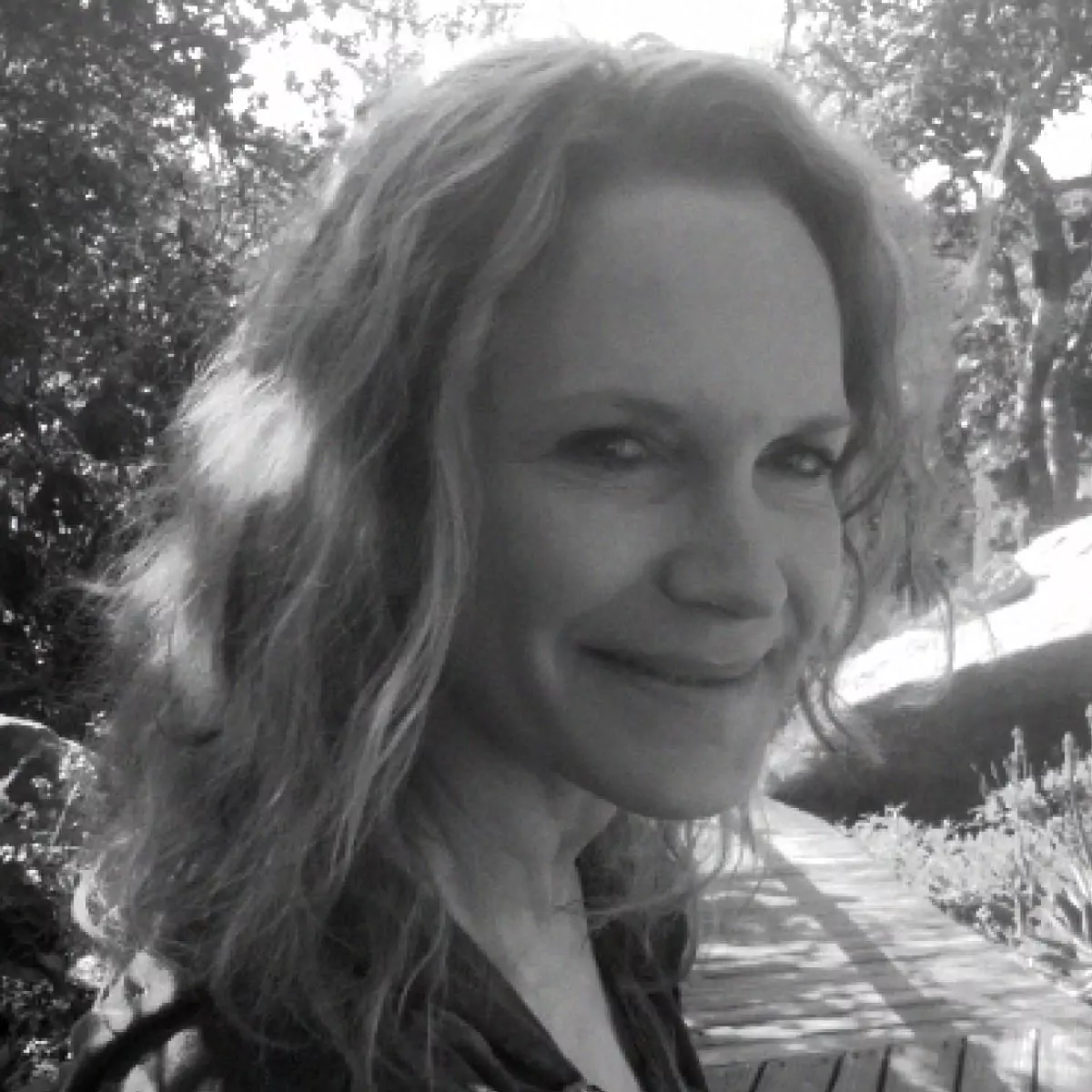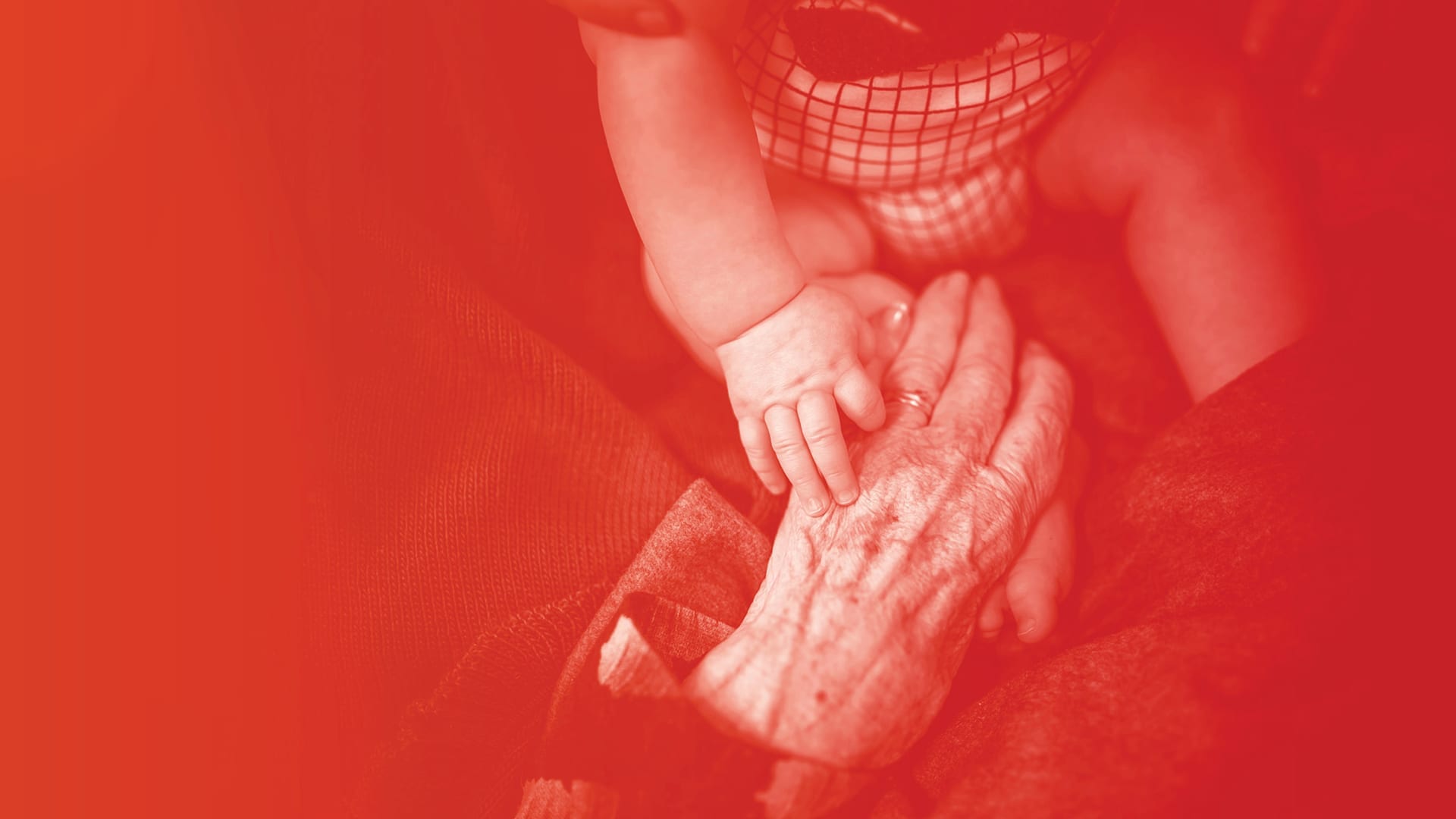
Codependency Squared: When Echo meets Narcissus
Of all the unpleasant consequences of codependency—of chronic over-responsibility for other people’s lives, struggles, and feelings—one pops up most often: the painful entanglement between codependency in one person and narcissism in the other. This dynamic may lead to dysfunctional or toxic relationships that can be emotionally draining and damaging.
This online course is aimed at helping individuals understand and navigate these complex relationships. Our focus is the impact of narcissistic behavior and how it intertwines with codependent behavior. Why does this happen? What are the roots of it? How do we see it coming? What can we do once trapped in this awful dynamic?
4 Videos
60 min
What you will receive
4 Video & 4 Audio recordings
Accurate Closed Captions
Access to your own Jung Platform account where all the content you've purchased will be stored.
Course Description
In a codependent relationship, the codependent partner often sacrifices their own needs to meet the needs of the narcissistic partner, narcissistic parent or narcissistic coworker. This dynamic, known as the codependent narcissist trap, can lead to unhealthy relationships, emotional abuse and a loss of self worth and loss of self.
This codependency and narcissism course focuses on this tangle from several angles, including the Jungian, the mythological, and the psychoanalytic. Codependency can include feeling responsible for regulating the emotions of others, saving and rescuing, difficulty setting boundaries, feeling rejected when criticized, and guilt over not doing enough for others.
A narcissistic person is seeking constant validation and narcissistic supply. They exploit the codependent other’s need for approval and fear of abandonment. Characteristics of narcissism include selfishness, exploitation, undermining, and retaliation.
Because grandiose narcissism is generally not difficult to spot, in this course we will focus mainly on covert (or ‘vulnerable’) narcissism: the kind that begins with charm and apparent deep empathy and ends in acrimonious attack. They may appear shy or introverted but still exhibit manipulative and self-centered behaviors. Recognizing these patterns is crucial for those in a codependent narcissist relationship to protect themselves. This course examines how these two psychologies play out in families, at work, and in relationships.
This program is ideal if
- You want to recognize codependent behaviors in yourself or someone else
- You are entangled in a dysfunctional or unhealthy relationship with a narcissist
- You struggle dealing with a person with narcissism
Course Overview
Class 1: Codependency Meets Narcissism
After a brief review of codependency and narcissism, we will look closely at what happens when someone with codependency runs into someone with narcissism. What are the signals that go back and forth? How does each person misinterpret the other? What does this interplay look like in various settings? What makes codependency so vulnerable to narcissistic exploitation?
Class 2: Echo and Narcissus – A Tale of Two Origin Stories
The myth of Echo and Narcissus will provide a doorway into the family histories and deep dynamics of people who suffer from codependency and from narcissism. Part of this suffering has to do with the truncated guiding stories we carry when psychologically wounded. Each partial story bears an unattainable goal at its heart.
Class 3: Tactical Considerations
In this class we will examine options for how to take care of ourselves when 1. our codependency entangles with someone else’s narcissism in various settings, 2. what to do when confronted by someone else’s codependency, and 3. what is liable to surface from the depths in these encounters.
Class 4: How Echo Moves On, Singing
What Echo learned from her godlike parents was silence. But what is learned can also be unlearned. In the context of Echo rewriting the ending of her story, we will consider the possibilities for deep healing that parallel harvesting the lessons of our self-limiting guiding stories about giving and taking while expanding them into possibilities that promote individuation.
By the end of this course, you will be able to
- Identify the dynamics of codependent and narcissistic relationships
- Identify and break free from codependent behaviors, fostering a sense of independence and self-worth
- Apply tools to heal from the harmful effects of a codependent - narcissistic relationship
Topic Related Information
Narcissistic personality disorder (NPD) is characterized by pervasive patterns of grandiosity, a constant need for admiration, and a lack of empathy. Individuals with NPD often display narcissistic traits such as arrogance, entitlement, and manipulative behaviors. There is a self-love deficit in a narcissistic person. Narcissistic behaviors create unhealthy relationship dynamics, particularly when paired with a codependent person.
Codependency often emerges in unhealthy relationships marked by narcissistic tendencies and narcissistic abuse. A codependent person frequently struggles with their own sense of self, becoming entangled in a toxic relationship. The false self of a codependent individual may seek validation from the narcissist, reinforcing the cycle of emotional abuse. Inner work (through coaching, therapy, self-help books and courses) can help to recognize these codependent tendencies and address the emotional abuse inflicted by the narcissistic partner. Understanding these patterns is crucial for healing and fostering healthier relationships.
Recovery from codependency and narcissistic abuse requires a multifaceted approach. It is essential to acknowledge the abuse and to understand the psychology behind narcissism. Narcissism in its overt and covert forms, poses unique challenges for codependent partners, children or coworkers. This relationship is often toxic and the emotional abuse can be destructive.
Codependency in a person results in the loss of a sense of self. Oftentimes, codependent behavior is related to childhood dynamics and attachment style issues. Early relationships in life shape codependent tendencies. In codependent relationships, one person sacrifices their needs to maintain harmony.
Codependency training and codependency courses can guide clients through codependency recovery. Learning to identify codependent patterns and fostering relapse prevention strategies. Other elements are healthy self-love and establishing healthy boundaries. Healing codependency requires understanding the dynamics from different depth psychological angles. It is about identifying unhealthy patterns, abuse, and applying your insights from inner work in your toxic relationship(s).




 14 Teachers
14 Teachers 

 5 Teachers
5 Teachers 
 10 Teachers
10 Teachers 

 11 Teachers
11 Teachers 





 2 Teachers
2 Teachers 




